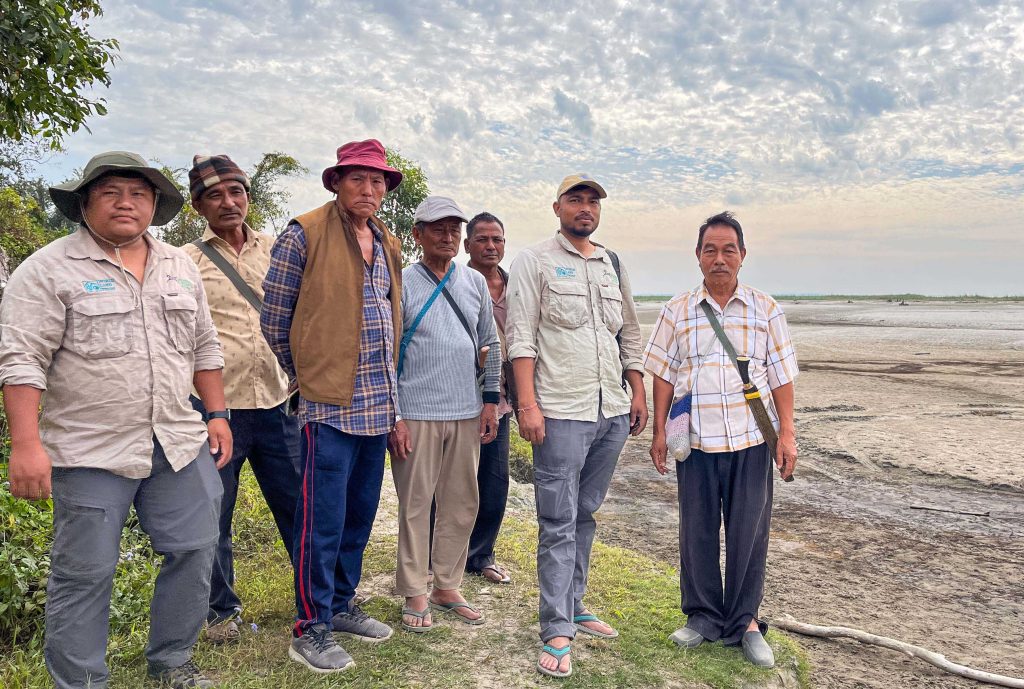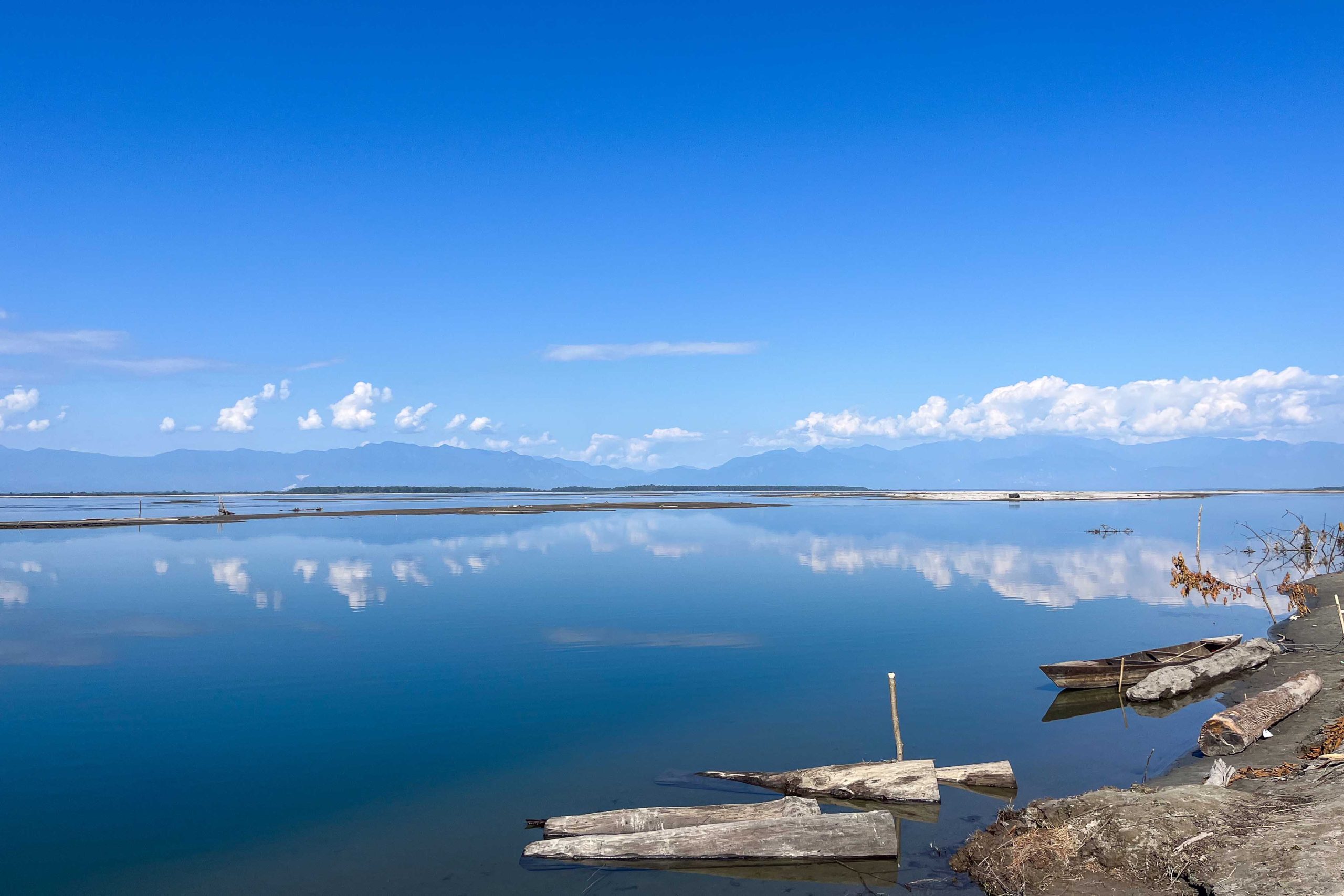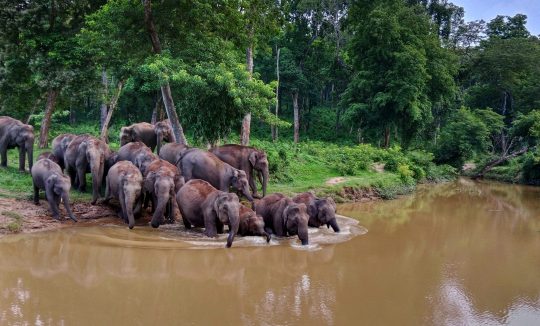Project Info
Project Description
The D’Ering-Dibru Saikhowa elephant corridor between Assam and Arunachal Pradesh is one of the vital corridors that provide safe passage for approx.150 elephants and other wildlife like Asiatic Water Buffalo, Assamese Macaque, Dhole, Feral Horse, Leopard etc. found in the landscape. This interstate corridor spans 16 km in length and 2 km in width, linking the D’Ering WLS in Arunachal Pradesh with the Dibru-Saikhowa NP in Assam.
Elephants use this corridor to traverse a diverse landscape that includes riverine grassland, community lands, settlement areas, agricultural lands and the floodplains of the Siang, Dibang and Lohit Rivers, facilitating their movement between these two Protected Areas. However, increasing anthropogenic pressure like cattle grazing, timber felling and expansion of human settlement have resulted in the fragmentation and degradation of habitat, thus hindering elephant movements and threatening the D’Ering- Dibru Saikhowa corridor.

Kotgahgorah Restoration Committee representatives with the WTI team near Siang River, Paglam, Arunachal Pradesh | Photograph by Madhumay Mallik/WTI
Key initiatives carried out by WTI to secure the D’Ering- Dibru Saikhowa elephant corridor:
- Corridor Restoration: The project aims to restore at least 200 hectares of the degraded patches of the corridor through Active Restoration (AR), Assisted Natural Regeneration (ANR) and engaging local communities to minimize the anthropogenic activities in the corridor passage. The corridor restoration is a pivotal aspect of the project, aiming to maintain healthy corridor passage for other elephants and other wildlife in the landscape.
- Human-Elephant Conflict Mitigation: With incessant changes in land use patterns, the incidents of human-elephant conflict (HEC) have been increasing in the region. Due to the degraded nature of the D’Ering- Dibru Saikhowa corridor the pachyderms forage into fringe villages, posing a significant threat to both wildlife and the communities. To address this issue, the project has installed and is maintaining solar fencing as a measure of effective mitigation measure. The community-based solar fence management committee has also been formed in these villages to foster engagement and a sense of responsibility to ensure collaborative actions for coexistence. Further, Quick Response Teams (QRTs) have been formed and trained to manage negative encounters with elephants and raise awareness about elephant behaviour, movement patterns, and the importance of coexistence.
- Community Engagement in Securing D’Ering- Dibru Saikhowa Elephant Corridor: Collaboration with local communities is crucial to garner support and raise awareness about wildlife conservation. Community engagement in conservation activities ensures the success and sustainability of elephant corridors.
- Seasonal Survey and Corridor Monitoring: Through seasonal survey and corridor monitoring, the project aims to enhance the functionality of the D’Ering- Dibru Saikhowa elephant corridor. The indicators of direct and indirect elephant movements are observed through trail walks, surveys and camera trapping activities.
- Equipping and capacity-building training for frontline forest staff: The project aims to empower frontline forest staff of Assam and Arunachal Pradesh Forest departments with necessary field gear and skill training, to facilitate effective monitoring and management of Protected Areas (PAs).
Partners: World Land Trust (WLT), State Forest Department.
Project Lead: Upasana Ganguly











